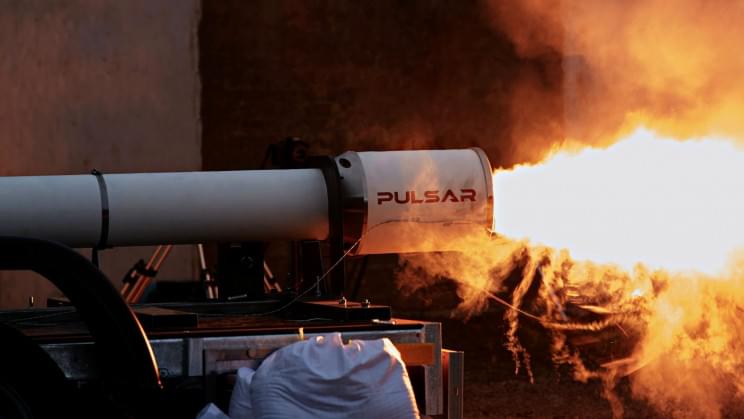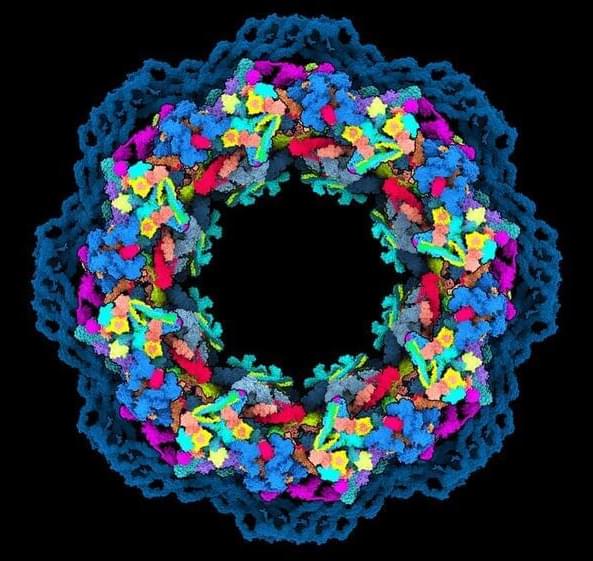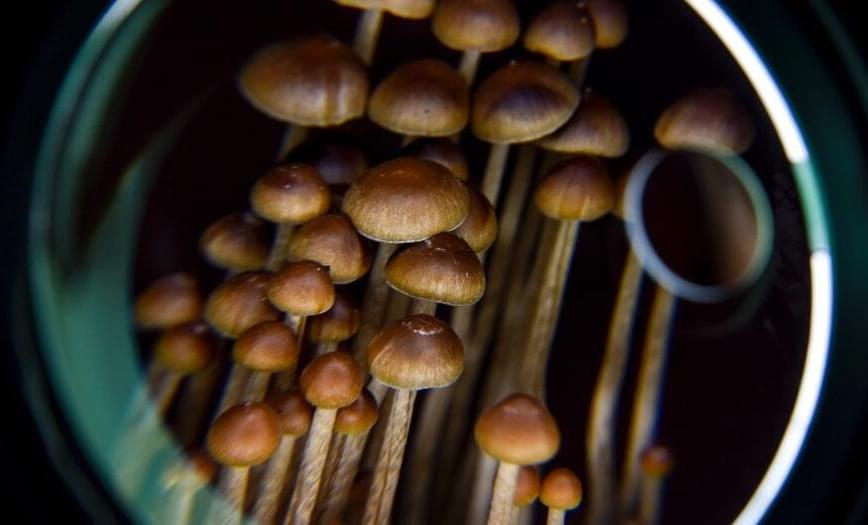And it could halve the transit time to Mars.
Pulsar Fusion Ltd., a nuclear fusion company based in the United Kingdom, has recently designed and successfully tested its first launch-capable, high-power chemical rocket engine.
From launching people and payloads into space, this engine could have numerous applications, but the company’s ultimate goal is to develop a hyper-speed propulsion engine using nuclear fusion technologies for interplanetary travel, with the first prototype expected in 2025.
And when this dream comes into fruition, it could cut the journey time to Mars in half.
The goal: Nuclear fusion-powered engines The company is one of just a few in the world aiming to develop hyper-speed propulsion engines based on nuclear fusion technology. The static test which saw the engine fired into full thrust to measure performance took place on November 17 and 18, 2021 at the Ministry of Defence military base in Salisbury, as seen in the video below, which was released on Sunday.
Full Story:









